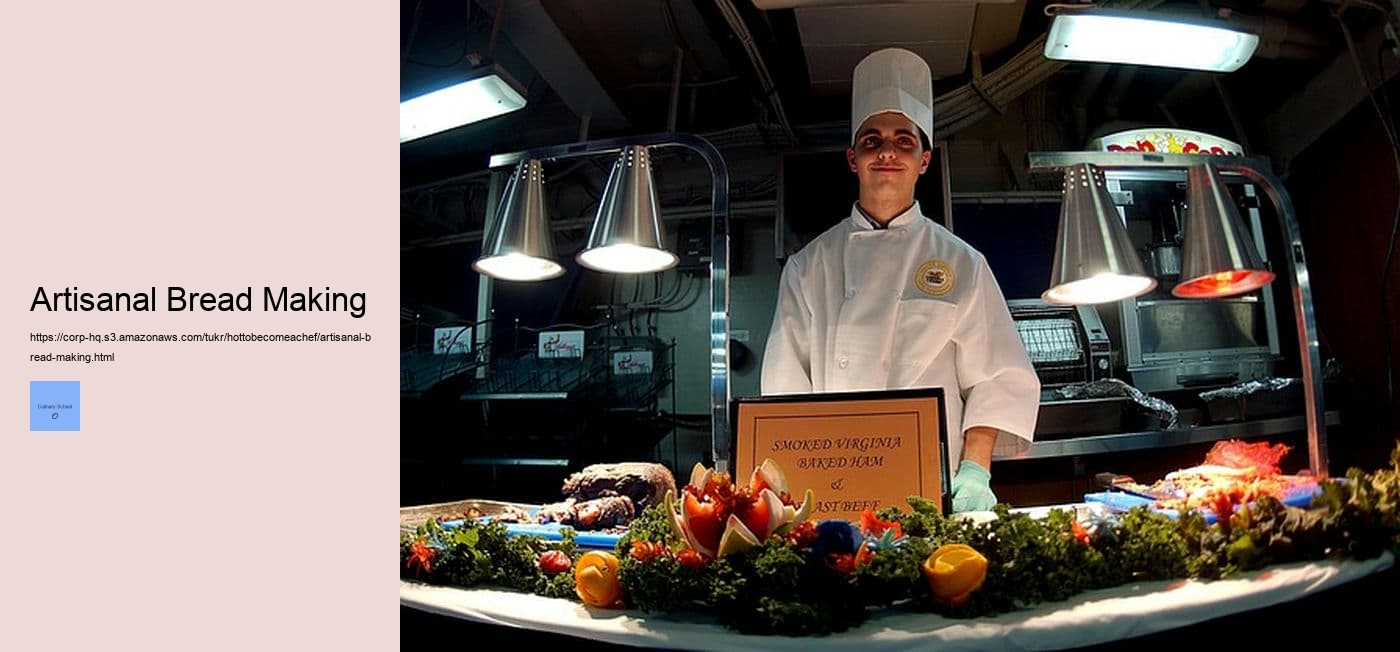

Intro (duction) to Artisanal Bread Making!
Bread making is a ancient craft that has been practiced for centuries, and artisanal bread-making is no exception. The path to becoming an accomplished chef requires continuous learning, unwavering dedication and patience through the challenging yet rewarding process. Gaining experience working in restaurant kitchens under experienced chefs allows you to build fundamental cooking skills while learning how to thrive in a fast-paced work environment. 19 Specialty Cuisines 20 Creative Presentations 21 Customer Service Skills 22 Leadership Skills 23 Mentorship Menu planning. The path to becoming an accomplished chef requires continuous learning, unwavering dedication and patience through the challenging yet rewarding process. How to become a chef Personal chef. 19 Specialty Cuisines 20 Creative Presentations 21 Customer Service Skills 22 Leadership Skills 23 Mentorship Ingredient knowledge. Obtaining experience working in restaurant kitchens under experienced chefs allows you to build fundamental cooking skills while learning how to thrive in a fast-paced work environment. How to become a chef Ingredient knowledge. It's an art form that requires precise measurements, passion and patience in order to create delicious loaves of bread. Preparing the dough can be an arduous task, but it'll all be worth while once you sink your teeth into the finished product!
Firstly, you need to gather your ingredients. This includes flour, yeast, salt and water. You should use only quality ingredients as this will make a difference when it comes to the final outcome. Secondly, mix all the ingredients together until they form a doughy texture - kneading is key here! Once done, leave the mixture on the side so it can rise before being shaped into whatever shape you desire. Lastly, pop it in an oven preheated to around 375 degrees Fahrenheit for approximately 25 minutes - or until golden brown.
As exciting as artisanal bread-making may sound though, there are some important rules that one must adhere too if they want to produce excellent results every time. For instance; don't skimp on the yeast - doing this will result in under-risen dough which won't give you that light texture we're aiming for! Additionally, never rush things - take your time and savour each step of the process because ultimately that's what makes good bread great!
And with these few simple steps followed carefully, soon enough you'll have created something truly special - home made artisanal bread! So go ahead and start baking today; I guarantee its flavourful results will speak for themselves!!
Artisanal bread making is a craft that has been passed down through generations and has a rich history. It's (it is) an art form that began long ago and still lives on today! The origin of artisanal bread-making can be traced back to ancient times, when bakers relied on simple tools and techniques to create their loaves. For many centuries, the same methods were used: kneading dough by hand, using limited ingredients such as flour, water, yeast, salt and other seasonings. There was no mechanized equipment or preservatives involved in the process.
However with the advent of industrialization came mass production of breads. This created a need for faster methods of baking which led to the invention of machines like ovens and mixers. These new technologies allowed bakers to churn out large amounts of loaves in shorter amounts of time while still maintaining quality standards. Despite this influx in technology, traditional styles of artisanal baking have remained popular among those who appreciate the rustic taste and texture that they bring to each loaf!
Nowadays there are various ways to make artisanal bread but it remains largely unchanged from its original form. Bakers still use natural ingredients such as flour, water, yeast and salt; most also incorporate additional flavors like herbs or spices for added complexity. Furthermore, some bakeries even employ wood-fired ovens rather than regular electric ones due their ability to provide a unique flavor profile unlike any other method available today!
It's clear that artisanal bread making is an age-old technique with deep roots in culinary history. Even though technological advances have made mass production possible -and convenient-, traditional methods are still widely appreciated for their unique character and flavor profiles! Today artisanal bakers continue to carry on this legacy while blending modern techniques into their practice -ensuring that this beloved craft will remain alive for years to come!
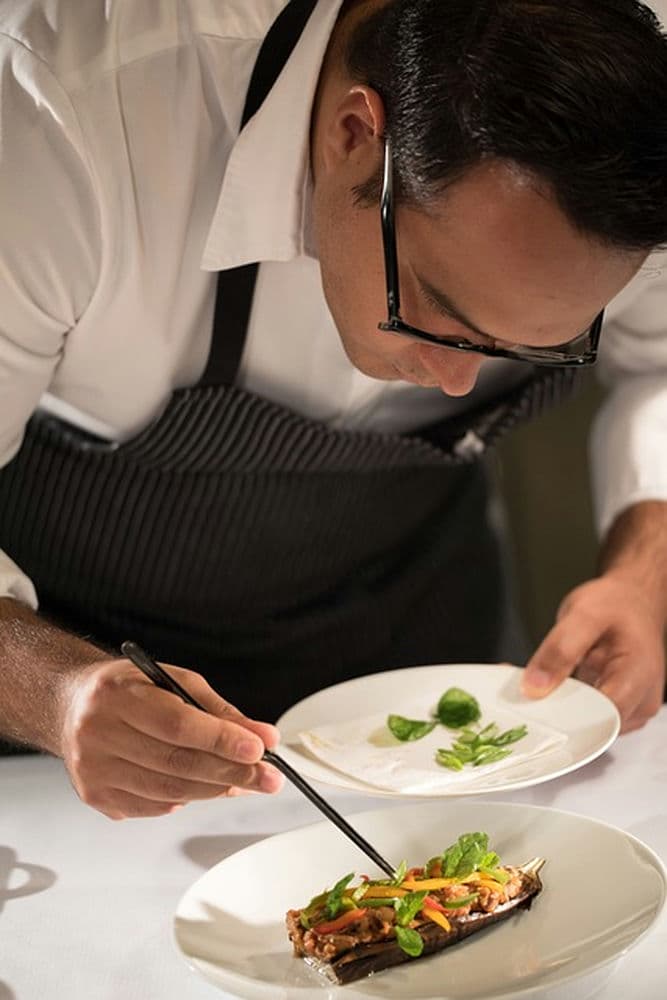
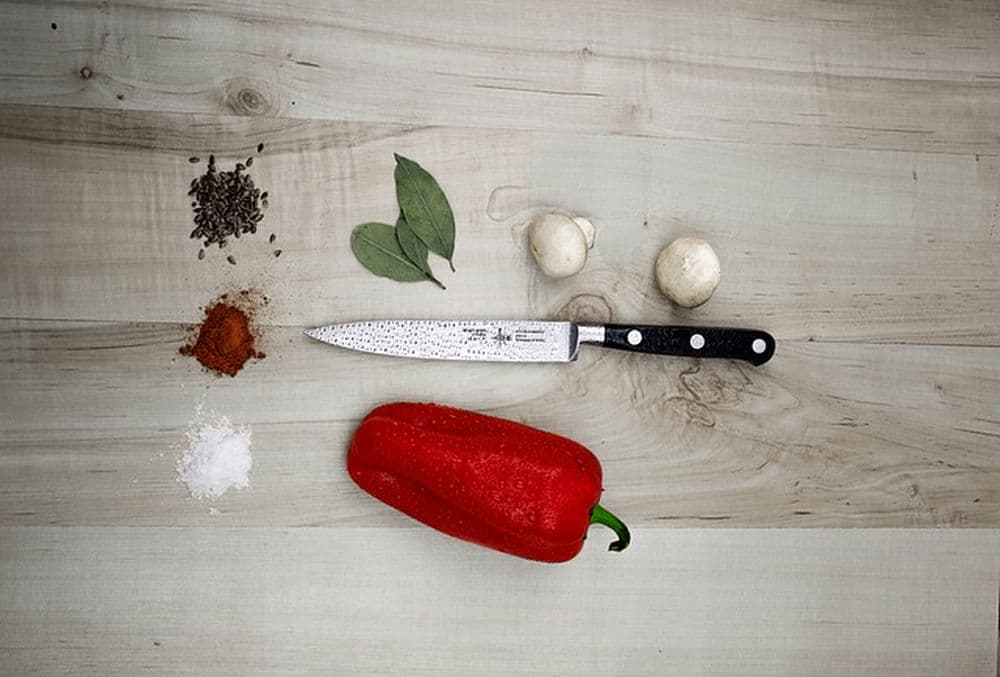
Cooking is an art that requires practice and patience to master. (No matter your skill level) It is never too late to get hands-on experience in the kitchen, and with a little bit of effort, you can become quite adept at it!. Learning through trial and error can be very beneficial; however, it takes time to perfect your technique.
Despite the challenges of learning how cook by oneself, there are many advantages!
Posted by on 2023-09-03

Becoming certified in your area of expertise can be a great way to hone your skills and stand out from the competition.. It's not always easy, however, as certifications often require significant time and effort. (It) Nevertheless, with the right dedication and enthusiasm, becoming certified can open up many new opportunities!
First off, one must identify their particular field of expertise.
Posted by on 2023-09-03

Food safety is an important consideration for everyone in the food industry.. It's essential for all involved to develop an understanding of safe practices (such as proper storage, temperature control and sanitation) to ensure the health and well-being of both customers and employees.
Posted by on 2023-09-03
Baking artisanal breads is a craft that requires the perfect combination of essential ingredients! From flour to water, yeast to salt, each element plays an integral role in the outcome of your final product. (Too much or too little of one can completely ruin a loaf!)
First and foremost, you need a good flour. Not just any kind will do – choose one with high protein content for best results. A strong white or wholemeal variety works well. Neglecting this crucial ingredient can leave you with a soggy, unappetizing bread!
Next up is hydration. Water's vital for adding moisture and allowing the dough to rise properly. The amount needed depends on several factors including climate and type of flour used - use too much and you'll end up with a wet, heavy brick; not enough can result in dense, dry loaves!
Yeast is also indispensable when baking artisanal breads. Active dry yeast is most commonly used; it helps give your dough structure and encourages airy texture. Without it, none of those beautiful bubbles we love so much would form!
Finally, no artisanal bake would be complete without salt! This flavour enhancer packs quite punch – too much could make your loaf overly salty; less than required won't bring out the full flavours of your ingredients. Strike just the right balance for deliciousness every time!
In conclusion, crafting amazing artisanal breads takes practice as well as the proper ratios between these four essential ingredients: flour, water, yeast and salt. Mastering them will help ensure sweet success in all your bakes!
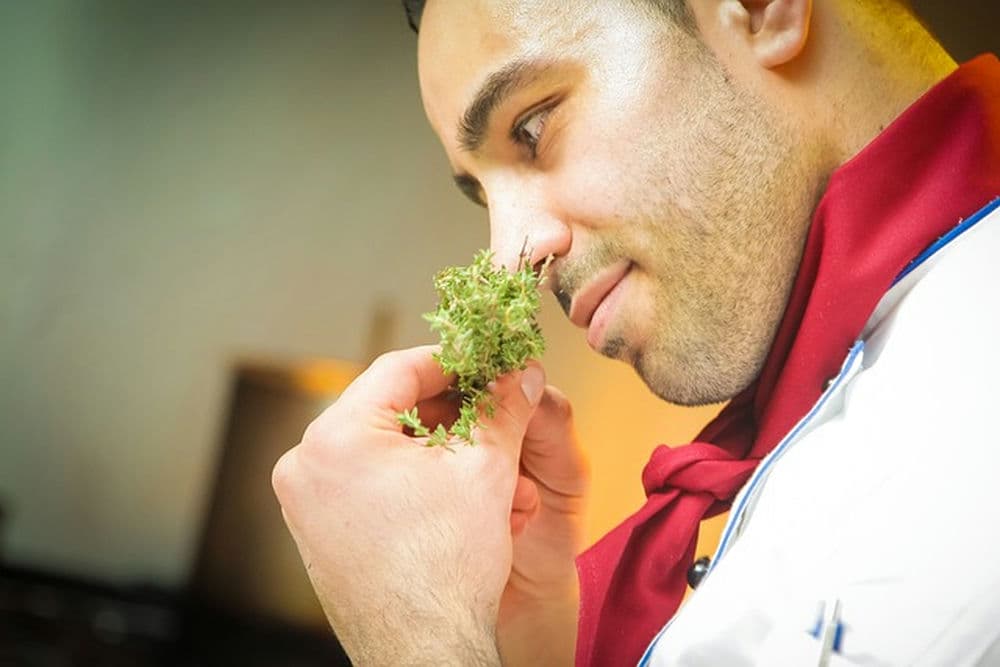
Baking artisanal breads is a fun and rewarding experience! Preparing these tasty treats requires time, patience, and careful attention to detail. (However,) it's not as hard as you might think! Here are some steps to help you get started in making your own delicious loaves:
1) Gather all the necessary ingredients. This includes flour, yeast, salt, sugar (if desired), and water. (It's important to remember that) each type of bread will require different amounts of each ingredient. Make sure you read the recipe carefully before beginning!
2) Begin by activating the yeast with warm water and a little bit of sugar. Set aside for 10 minutes until bubbles form on top of the mixture.
3) Then, add in the rest of the ingredients; mix together until everything is well-combined. Knead for 8-10 minutes until dough is smooth and elastic - it should be slightly sticky but not too wet!
4) Shape the dough into a ball and place it into an oiled bowl; cover tightly with plastic wrap or damp cloth. Let rise for 1-2 hours in a warm spot until doubled in size.
5) Punch down dough and divide into two equal pieces; shape into desired shapes such as loaves or rolls. Place onto baking sheets lined with parchment paper or lightly greased foil if using rolls! Allow them to rise again for another 45 minutes before baking.
(Moreover,) preheat oven to 375 degrees F during this time so it's ready when needed!
6) Finally, bake breads until golden brown (~30 min). Remove from oven and let cool on wire rack before slicing & serving!
This process may seem daunting at first but with practice comes perfection - have fun experimenting with different flours & flavors of artisanal breads!
Artisanal bread making is an exciting and fulfilling craft! It's a great way to express creativity and explore different types of texture, flavour, shape and size. However, it can be daunting to know where to start when it comes to baking artisanal breads. There are many diff'rent kinds of breads that you can make, each with its own unique characterisitcs.
First up is sourdough bread, which has become increasingly popular in recent years due to its distinctive tangy taste. The dough for sourdough is made from flour and water that are left out open overnight. This process allows natural bacteria and yeast present in the air to colonise the dough mixture, producing lactic acid which gives sourdough its characteristic sourness. Sourdough is incredibly versatile - you can use it for sandwiches, toast or even pizza bases!
Another kind of artisanal bread is focaccia. Focaccia has been around since ancient times but has recently seen a resurgence in popularity due to its delicious flavour and ease of preparation. To make focaccia you need just a few basic ingredients; flour, salt, olive oil and water. You then create a flat dough which you bake until golden-brown on top. The result? A scrumptious light loaf with slightly crisp edges!
Thirdly there's ciabatta - an Italian-style white loaf often used as sandwich bread or served with soup or salad. Ciabatta dough contains more water than other types of loaves so the resulting texture is soft yet chewy at the same time - perfect for soaking up sauces and dressings! Also worth mentioning are baguettes; long thin French loaves usually eaten as part of a starter course or accompanied by cheese platters.
Finally we come to rye bread - a dense dark loaf made using rye flour as opposed to wheat flour (which is commonly used in most other types of bread). Rye bread has become increasingly popular lately due to its low calorie content plus added fibre benefits - great if you're trying to watch your waistline!
So there we have it: various delicious types of artisanal breads all ready for baking! With plenty of experimentation involved in this craft, why not try your hand at making some tasty home-made loaves today?
Eating artisanal breads is a delicious experience that comes with many benefits! Not only are they more flavorful than mass-produced loaves, but they also have nutritional benefits. For starters, artisanal breads are made from organic ingredients, which means they don't contain additives or preservatives. This means you get all the goodness of natural grains and seeds without any chemicals or artificial flavors. Furthermore, artisanal breads often have higher fiber content than regular store bought bread, making them a great option for those looking to increase their daily intake of dietary fiber.
Moreover, artisanal breads also tend to be lower in sodium and sugar compared to other varieties. That makes them an excellent choice for people trying to reduce their intake of these potentially harmful substances. Additionally, since artisanal breads are often baked fresh each day using traditional methods, they can provide a unique flavor profile that's hard to find elsewhere. Moreover(!), some artisans even use ancient grains like spelt and kamut in their recipes, offering a greater range of texture and flavor options than mass-produced loaves.
Finally, eating artisanal breads can help support small local businesses by keeping money within the community rather than going to large corporate conglomerates. Plus (!) it’s always nice knowing exactly where your food comes from and who produced it – something you can’t necessarily say about mass-marketed goods! All in all, there is no doubt that eating artisanal bread has many positive advantages that make it worth considering as part of your diet.
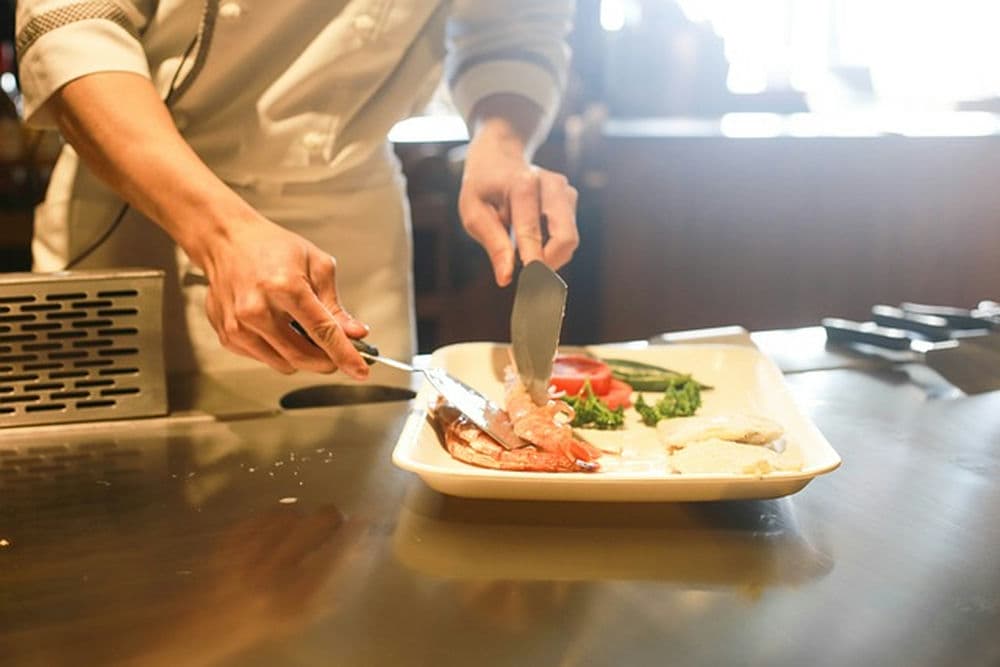
Baking an artisanal loaf can be difficult, but with a few tips it can be made much easier! Firstly, (avoid) using store-bought bread dough; instead seek out fresh ingredients like flour and yeast. Second, knead the dough for at least five minutes to ensure that it is properly mixed. Thirdly, let the dough rise in a warm environment for about two hours-- this will help develop its flavor and texture. Fourthly, shape the dough into a nice round shape before baking it in an oven preheated to 350 degrees Farenheit. Lastly, make sure not to overbake the loaf; take it out of the oven when its golden brown and let it cool completely on a wire rack.
Now that you know how to bake an artisanal loaf, there are still some things you should keep in mind while baking! Avoid overcrowding your oven as this could lead to uneven cooking temperatures and inconsistent results. Also, don't forget to add seasonings like herbs or spices if desired-- these can really give your bread an extra boost of flavor! Moreover, don't forget to use plenty of butter or oil once your bread is finished baking; this will help keep its surface moist and delicious! Finally, try not to eat all of your freshly-baked artisanal bread in one sitting-- sharing is caring after all!
Altogether, following these tips will definitely help you create a tasty artisanal loaf quickly and easily! All you need now is practice so go ahead and get baking! Good luck!!
Artisanal bread making is a unique art form. It requires skill, patience and dedication to produce the perfect loaf of bread. (Though,) it can be quite difficult to master! The process starts with carefully selecting the right ingredients, then kneading, rising, and shaping the dough before it's placed in an oven for baking. After baking, the finished product should have a crispy crust and a light texture.
However, there are some mistakes that can ruin an artisanal loaf of bread. Over-proofing or under-proofing can lead to undesirable results; too much flour or yeast can also cause problems. Additionally, not allowing the dough sufficient time to rise will make it dense and heavy.
Finally(,) conclusion is important for successful artisanal bread making. Understanding how each step affects the outcome is essential for achieving desired results. Furthermore, following instructions precisely helps ensure that all necessary steps are taken correctly and in order. With practice and perseverance, anyone can become an expert artisanal baker!